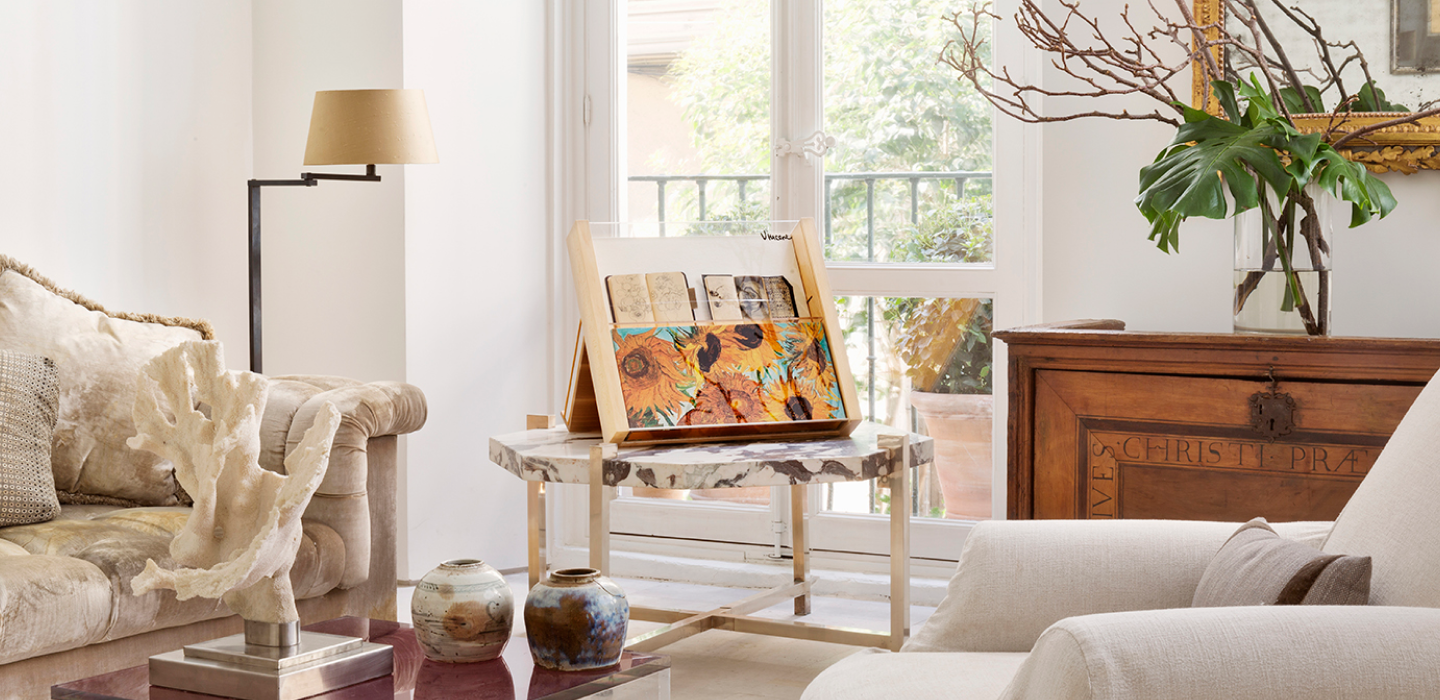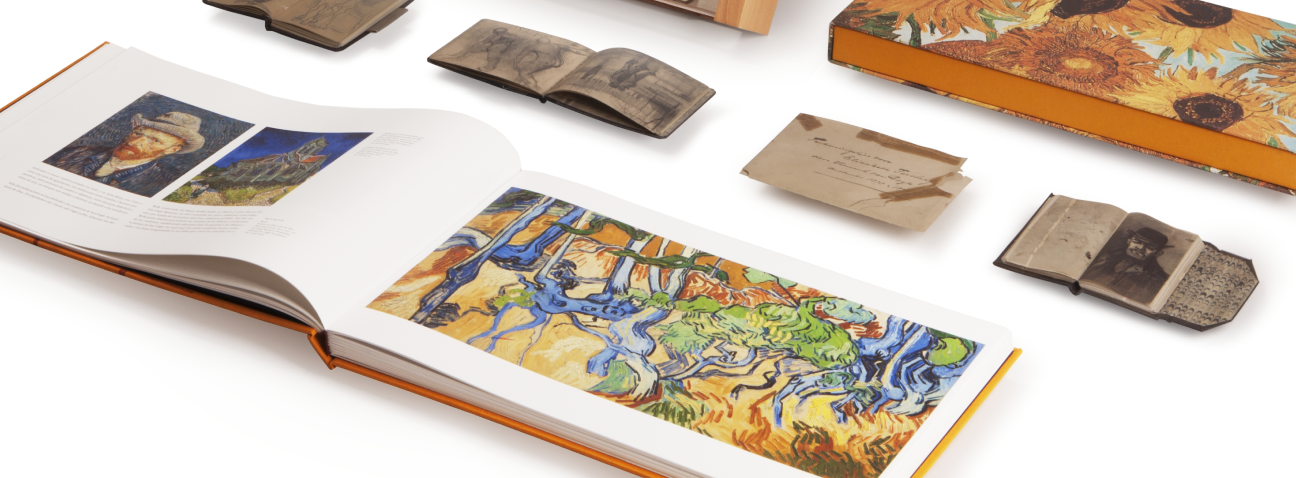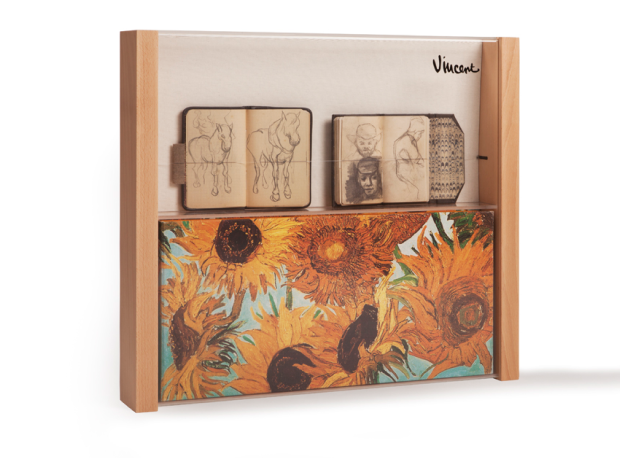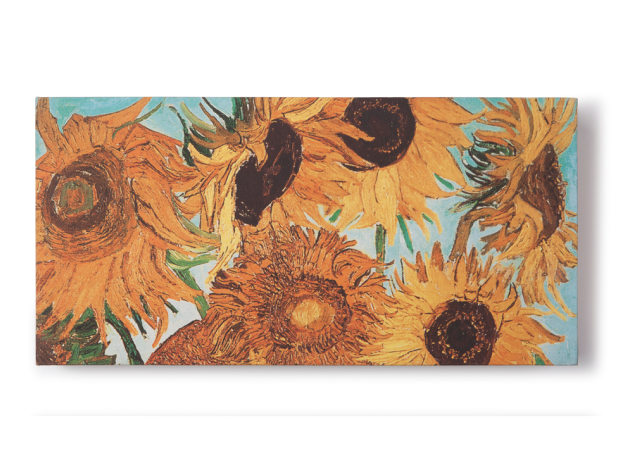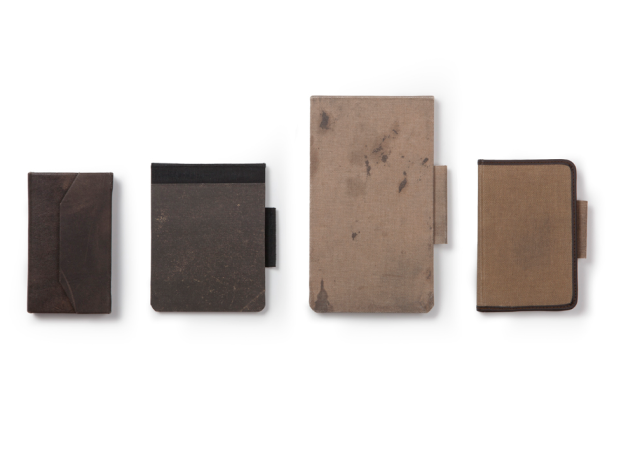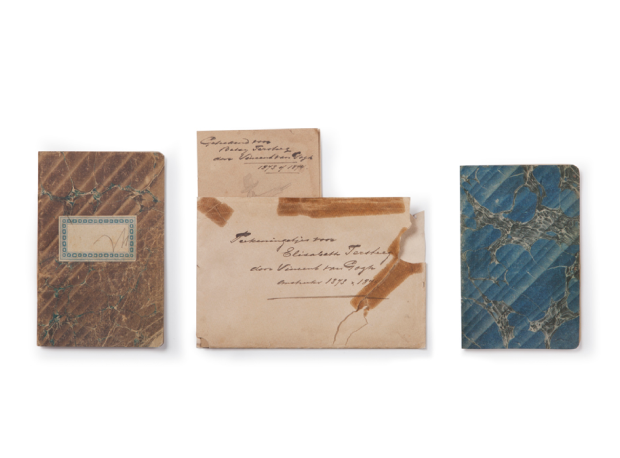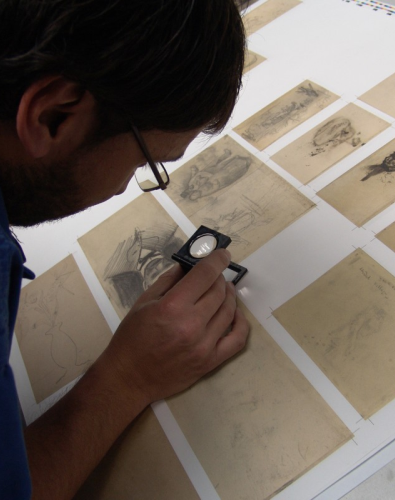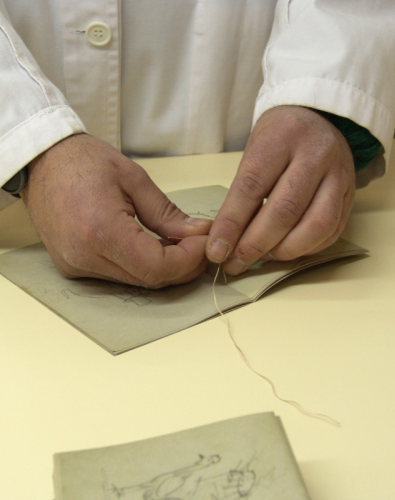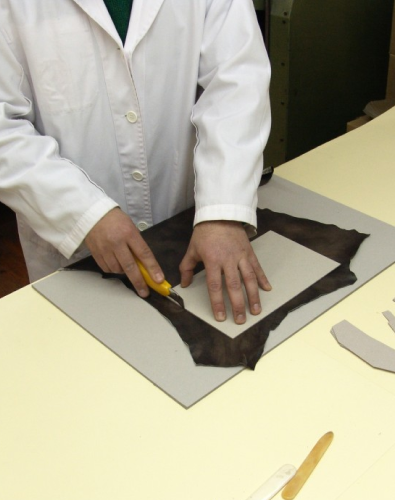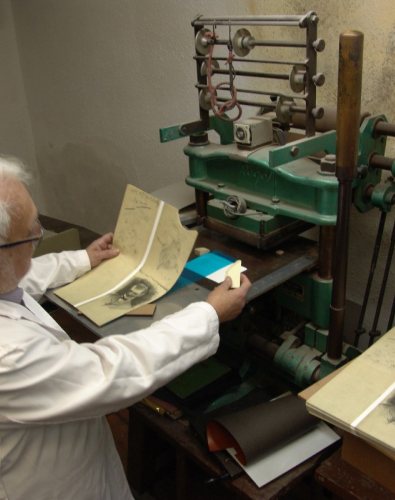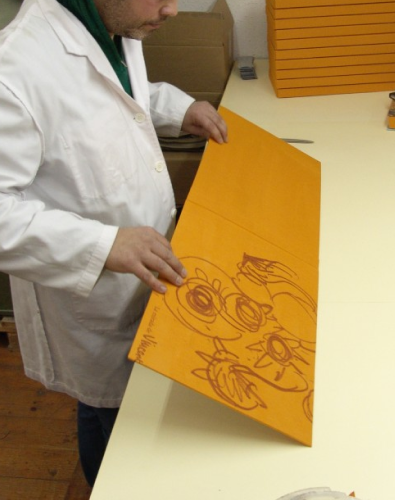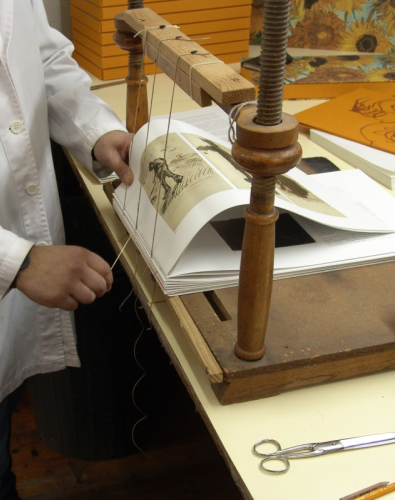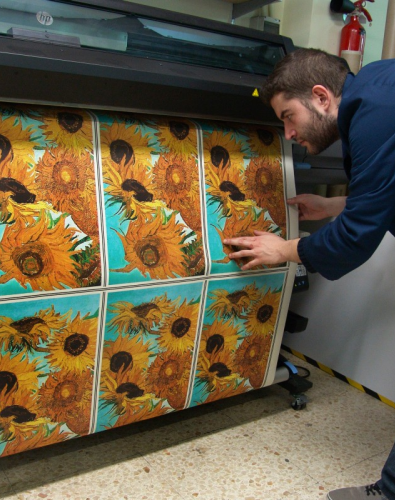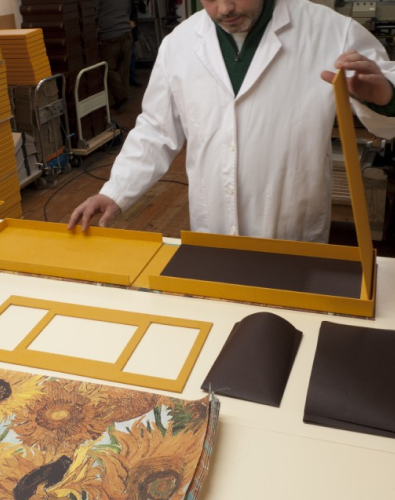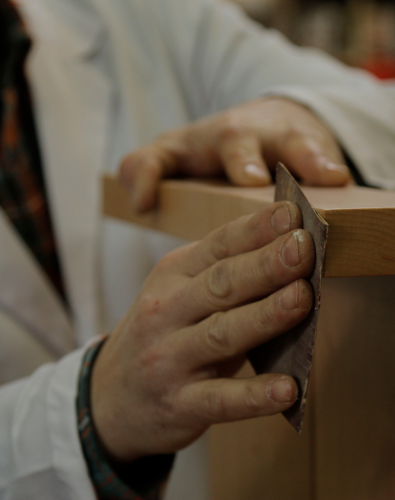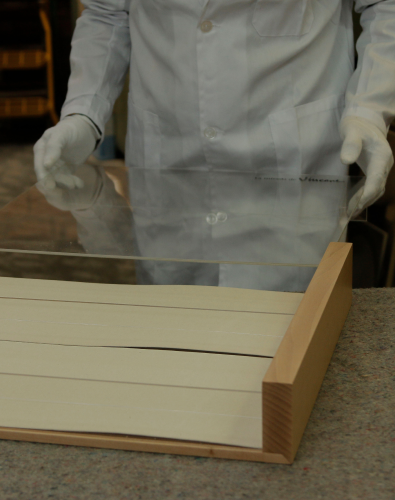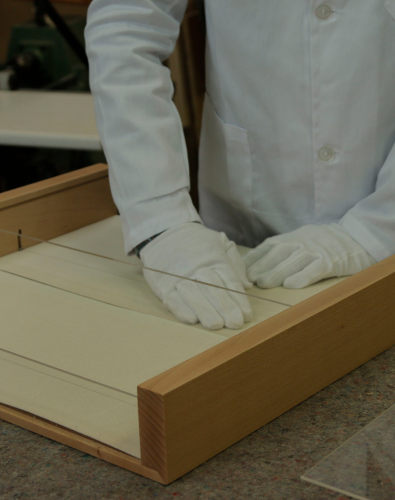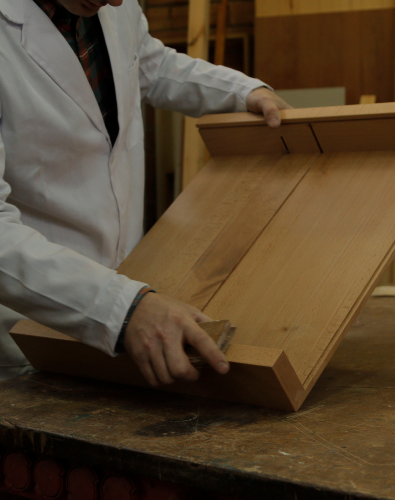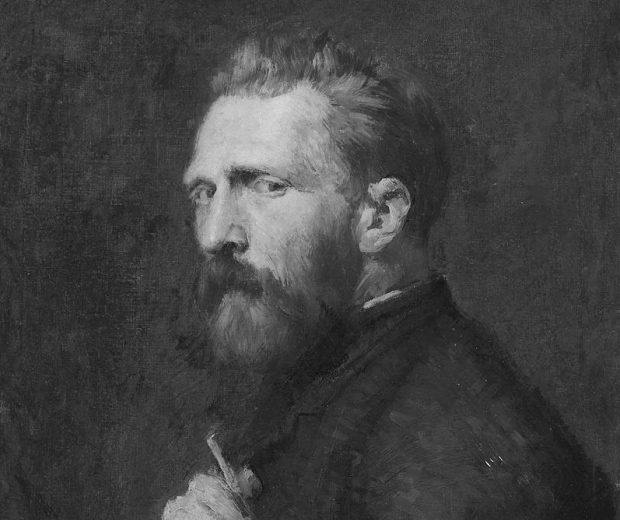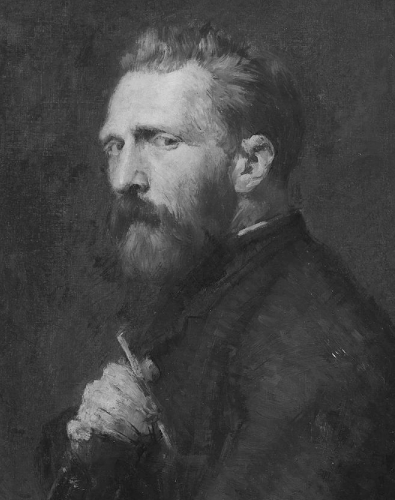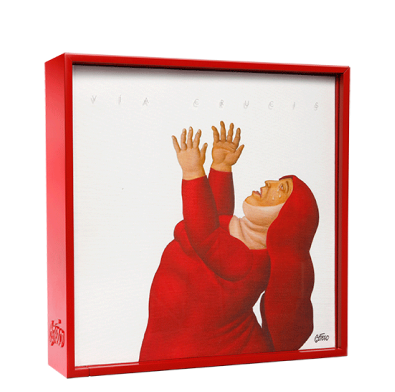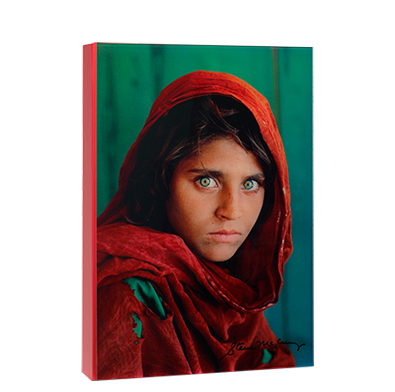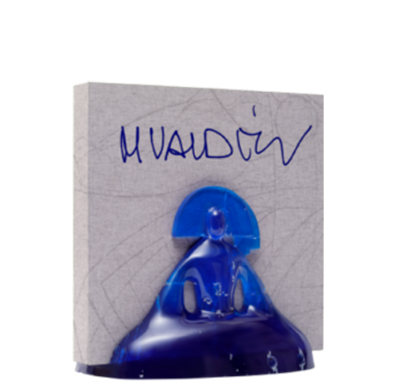ARTIKA, en colaboración con el Van Gogh Museum, rinde homenaje al gran pintor postimpresionista, en la conmemoración del 125o aniversario de su fallecimiento, con una obra exclusiva que nos acerca a la parte más íntima del genial artista, sus dibujos.
Como homenaje a esta gran pasión del pintor valenciano de pintar al aire libre, Artika y la Fundación Sorolla presentan Los paisajes de Sorolla. Un viaje de la mano del genial artista por los parajes y escenas que recorrió, pintó y amó a lo largo de su vida, a través de una selección de dibujos, en una edición limitada y numerada de 2.998 ejemplares.
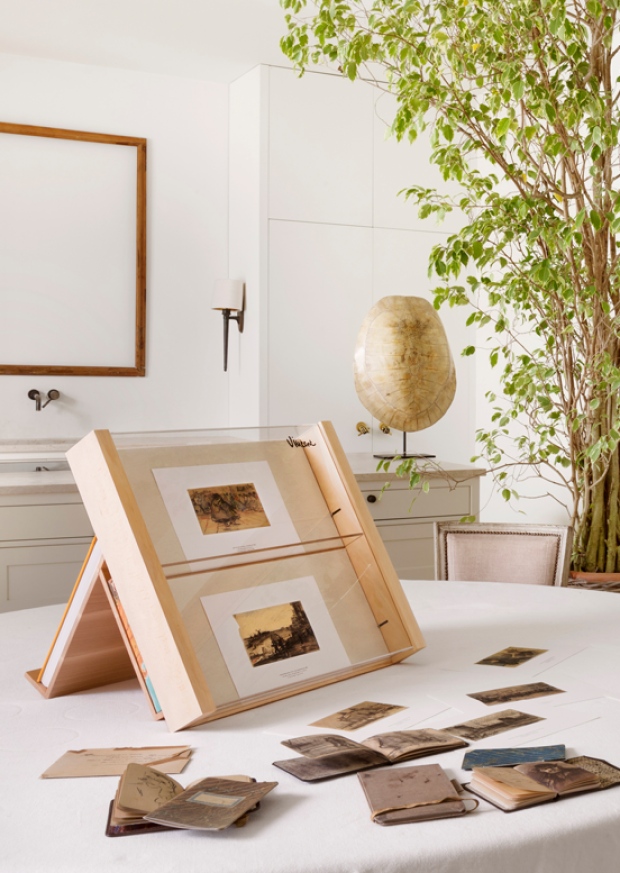
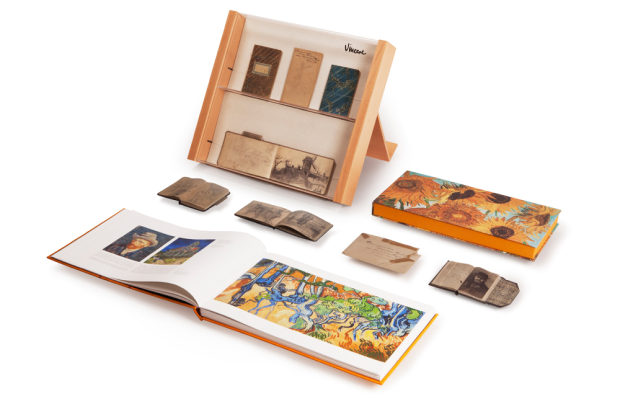
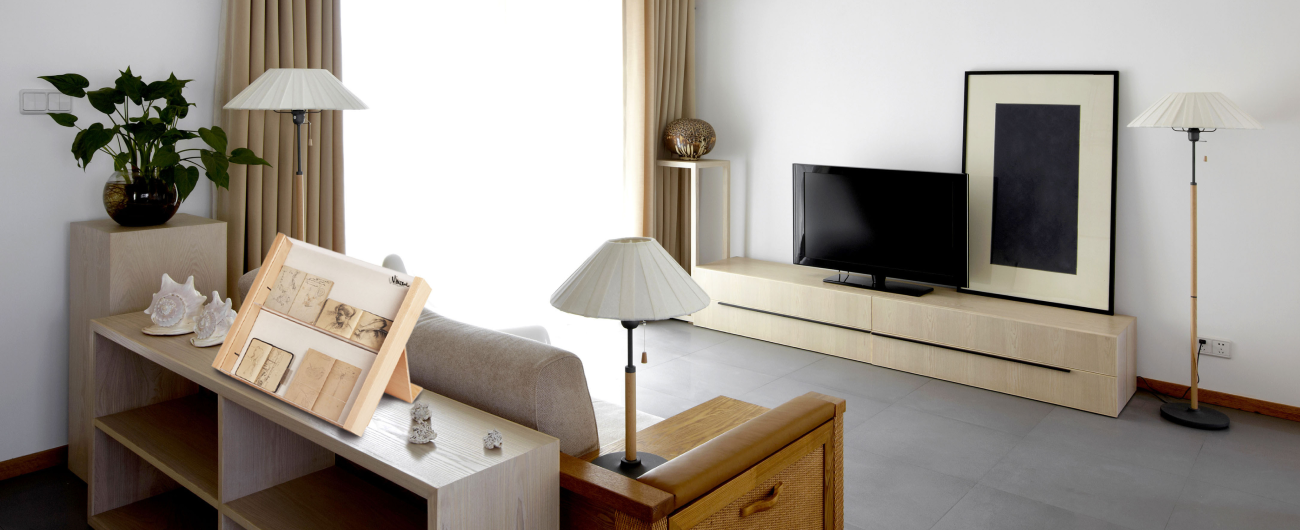
Una edición única para apreciar el estilo, la expresión y los trazos del pintor neerlandés, que reproduce la colección completa de los cuadernos de dibujo que se conservan en el Van Gogh Museum, quienes han avalado esta obra limitada y numerada de 2.998 ejemplares.
La colección completa de los cuadernos está formada por cuatro cuadernos de artista, que muestran bosquejos realizados por el artista durante su vida como pintor, y otros tres, de época temprana, que sobre todo poseen un valor didáctico.
Los cuadernos de dibujo y las láminas se presentan en un estuche creado especialmente para esta edición, con la reproducción de un detalle del famoso cuadro de Los girasoles en su portada. La mirada de Vincent incluye también un Libro de estudios, en el que especialistas en el artista realizan distintos estudios y análisis sobre su vida y obra, esencial para comprender a uno de los pintores más conocidos y admirados del arte contemporáneo.
Todos los elementos se presentan en un expositor, que posee infinitas posibilidades para disfrutar al máximo de los cuadernos, las láminas y el Libro de estudios.
ESPECIFICACIONES TÉCNICAS
EXPOSITOR
- Realizado en madera maciza de haya con dos piezas separables: marco expositor y atril.
- Cubierta deslizante en el marco.
- Medidas atril: 31,6 x 39,2 x 49,5 cm
- Medidas marco expositor: 50 x 8,3 x 56,2 cm
- Medidas expositor: 47,4 x 47,7 x 56,2
- Peso expositor sin elementos: 7,5 kg
ESTUCHE CUADERNOS
- Encuadernación en tela Natuurlinnen 1010
- Medidas: 48,9 x 24 cm
- Medias: 48,9 x 24 cm
CUADERNOS
- Cuaderno de Nuenen, 1884 – 1885
- Cubierta piel con solapa de cierre y bolsillo interior
- Papel: Fedrigoni Tintoretto Gesso 9 de 95 g
- Cuaderno de Amberes, 1884 – 1885
- Cubierta de cartón negro con lomo tipo carpeta
- Cuaderno de Auvers, 1890
- Cubierta de lino con banda elástica y bolsillo interior
- Papel: Antalis Print Soeed 70 g
CUADERNOS DE BETSY TERSTEEG
- Cuaderno I
- Cubierta: tapa blanda de cartulina
- Papel: Fedrigoni Tintoretto Gesso 9 de 140 g
- Tripa: Antalis Print Speed 70 g
- Cuaderno II
- Sin cubiertas
- Papel: Fedrigoni Tintoretto Gesso 9 de 95 g
- Sobre: Fedrigoni Tintoretto Gesso de 140g
- Tripa: Antalis Print Speed de 70 g
LIBRO DE ESTUDIOS
- Impresión a 5 tintas
- Encuadernación tela Naturlinnen de 4044
- Nº de págs.: 196
- Medidas: 48,3 x 30,4 cm
LÁMINAS
- 17 láminas en reproducción facsímil, troqueladas según las originales
- Papel: Tintoretto Gesso de 95 g
- Soporte: Tintoretto Gesso de 140 g
PROCESO DE PRODUCCIÓN
OTRAS COLECCIONES
SOLICITAR INFORMACIÓN
Te informaremos sobre las obras y novedades de ARTIKA.
